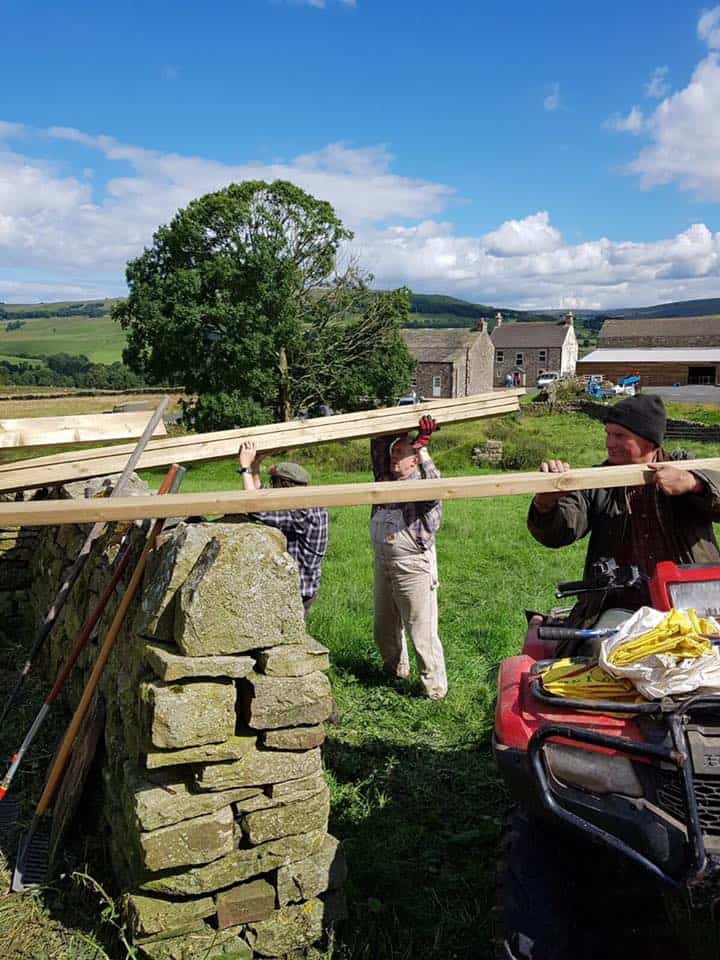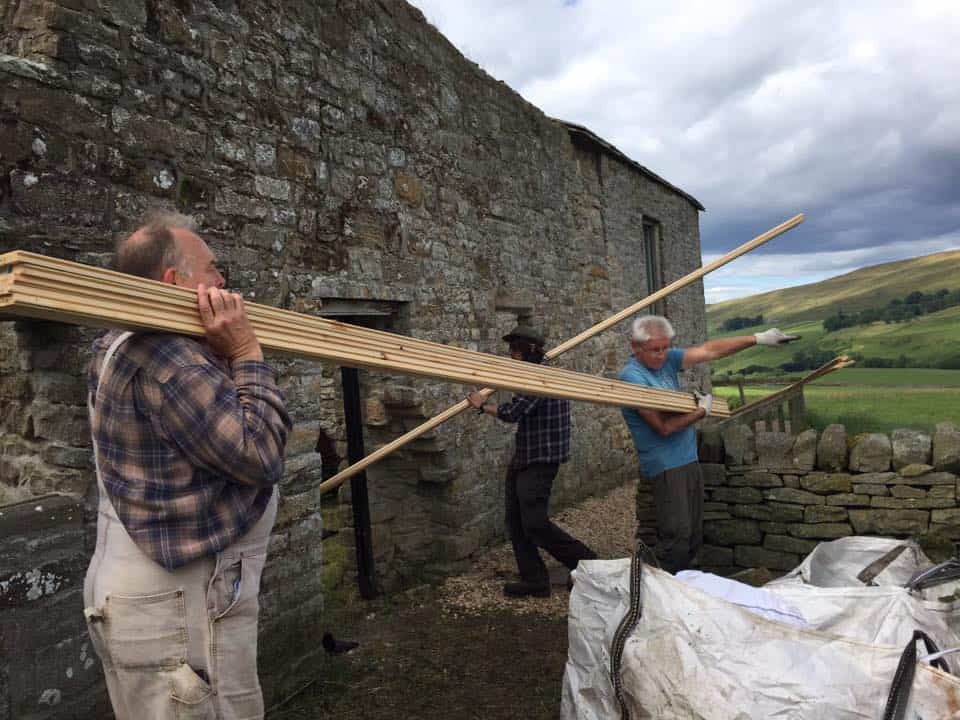ARCHAEOLOGY AT EPIACUM – WHAT SHALL WE DO NEXT?
Save the date – evening of Thursday 9th November 2017 at Alston Town Hall.
Save the date – evening of Thursday 9th November 2017 at Alston Town Hall.
|
We’re really grateful to the hardy band of volunteers who have been working hard tidying up Wellhouse Bastle in preparation for a busy month of activity. A barn owl had been roosting inside, so the building had fallen into disuse so it wasn’t disturbed. After a visit from the owl surveyor, we have been able to reinstate the building as shelter for participants on booked events taking place in September. The planned work will provide a cleaner, less dusty space for lunch breaks and talks and we hope to use the barn more regularly for events and activities so we can carry on even if the weather isn’t good!

These include the popular Landscape Archaeology Masterclass weekend with Stewart Ainsworth (8-10th September – one place left!) and the Dig It! Excavations taking place between 23rd September and the 1st October.

Bastle tidy up before Stewart Ainsworth’s masterclass weekend Read More »
During our Diamond conference in May 2017, we were lucky enough to have Jean Lunn tell us her memories of attending that excavation.
Jean Lunn’s Story from Simon Danby on Vimeo.
The 1957 excavations – in the words of one who was there Read More »
Sorry folks, due to the torrential forecast we are postponing today’s family guided walk. The new date is Wednesday 30th August at 1.30pm. Hope you can still make it!
https://epiacumheritage.org/events/family-guided-walk/
POSTPONED Family guided walk – now on Weds 30th August Read More »